The Rudbeckias come with impeccable credentials – named by Linnaeus after his predecessors and mentors at Uppsala. here they are placed side by side for comparison. I’ve set them out shortest to tallest.
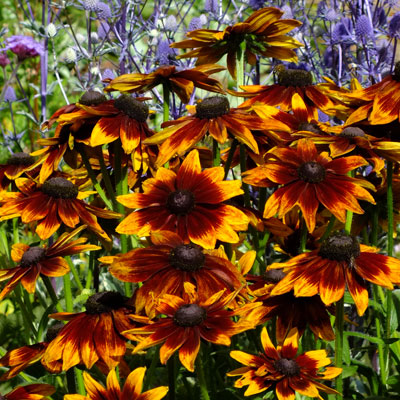
Rudbeckia ‘Berlin’
Rudbeckia
Named by Linnaeus in honour of the father and son, Olaus Olai Rudbeck (1630-1702) & Olof Rudbeck the Younger (1660-1740), who were his predecessors at Upsala.
They are Cone-daisies, similar too and related to the Echinaceas. Unlike the Echinacea they have members that grow much taller, some of them to 2m and more. They all have a large central cone in each flower that persists after the petal fall and can be left as an attractive winter feature. We observed this year that Goldfinches are rather partial to the seeds of Rudbeckia ‘Goldsturm’. Unlike Echinacea they don’t do pink. Yellows are their mainstay be they sunshine lemon as in R.’Herbststonne’ or warm chrome yellow in R.’Goldsturm’, creeping into warm browny reds in Rudbeckia triloba.
They are excellent to combine with grasses in the rather trendy prairie style planting. However it’s worth noting that they do not enjoy dry conditions, preferring a moisture retentive soil to give of their best. They really excel in long warm late summers where they also have access to moisture in the soil. Rudbeckia fulgida var. deamii is perhaps the most drought tolerant of the bunch.

















































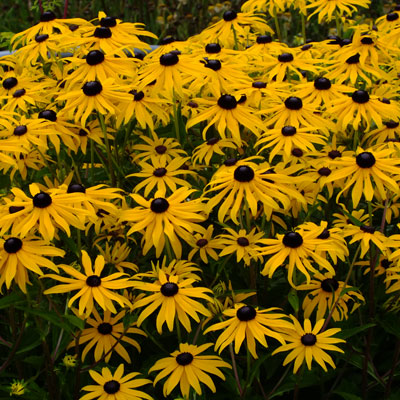


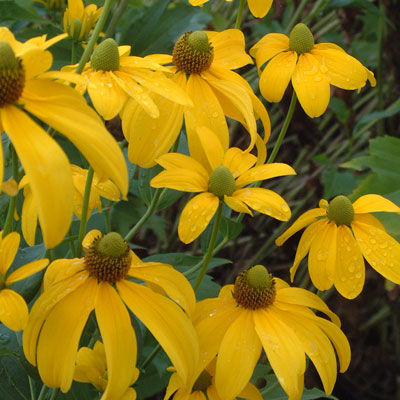
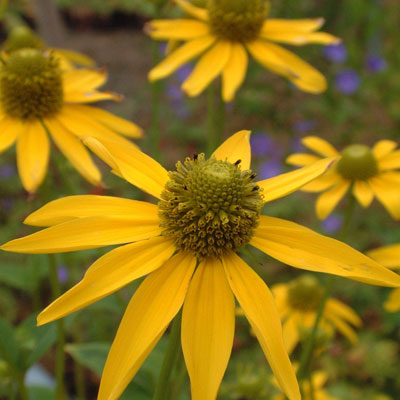
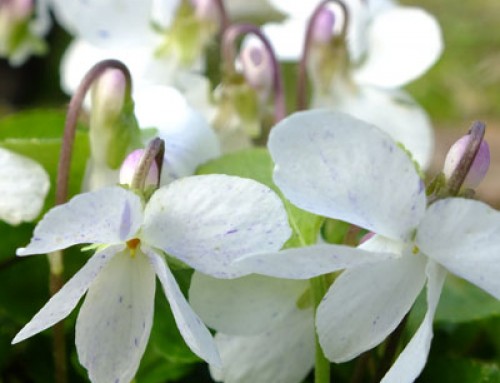

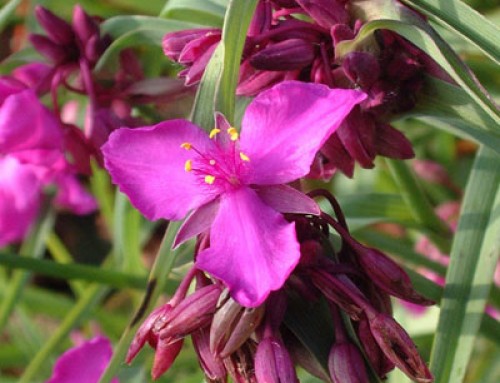
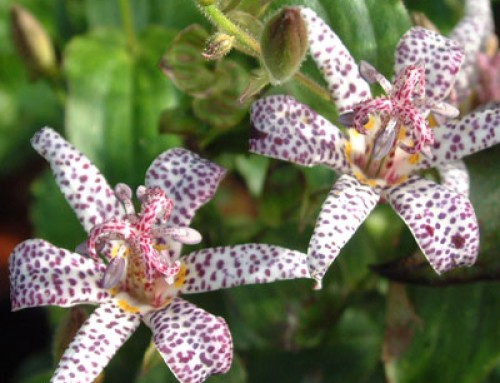
Leave A Comment
You must be logged in to post a comment.